

Articles
How To Minimize Risk When Using A Ladder
Modified: January 8, 2024
Discover essential articles on ladder safety and best practices. Learn what you should consider when using a ladder to ensure safety and prevent accidents.
(Many of the links in this article redirect to a specific reviewed product. Your purchase of these products through affiliate links helps to generate commission for Storables.com, at no extra cost. Learn more)
Introduction
When using a ladder, safety should always be your top priority. Ladders are essential tools for various tasks, whether it’s for cleaning gutters, reaching high shelves, or conducting repairs. However, improper ladder usage can result in serious injuries. It’s important to understand the proper techniques for ladder safety to minimize the risks involved.
In this article, we will guide you through the essential steps you should take when using a ladder. From choosing the right ladder to practicing safe climbing techniques, we will cover everything you need to know to ensure your safety and prevent accidents.
Remember, accidents can happen to anyone, regardless of their experience or skill level. By following the guidelines outlined in this article, you can significantly reduce the chances of injuries and make your ladder usage a secure and hassle-free experience.
Key Takeaways:
- Choose the right ladder by considering factors like intended use, height, weight capacity, material, type, portability, and safety features to minimize the risk of accidents and injuries.
- Prioritize ladder safety by inspecting, setting up, climbing, and working at heights with caution. Proper storage and maintenance will ensure the longevity and continued safety of your ladder.
Choosing the Right Ladder
Before using a ladder, it’s crucial to select the appropriate type and size that fits the specific task at hand. Here are some factors to consider when choosing the right ladder:
- Intended Use: Determine the purpose of the ladder. Will you be using it indoors or outdoors? Is it for light household chores or heavy-duty construction work? Different ladders are designed for specific applications, so choose one that suits your needs.
- Height: Consider the maximum height you need to reach. The ladder you choose should be tall enough to safely access the desired working height without standing on the top rungs.
- Weight Capacity: Check the ladder’s weight capacity to ensure it can safely support your weight along with any tools or equipment you will be carrying while working.
- Material: Ladders are commonly made from materials such as aluminum, fiberglass, or wood. Each material has its own advantages and disadvantages in terms of weight, durability, and electrical conductivity. Choose a material that suits the intended use of the ladder and your personal preferences.
- Type of Ladder: There are several types of ladders available, including step ladders, extension ladders, and platform ladders. Consider the nature of your work and the stability required to select the most appropriate type.
- Portability: If you need to transport the ladder frequently, look for one that is lightweight and easily collapsible for storage.
- Safety Features: Check if the ladder has safety features such as non-slip feet and stable locking mechanisms to provide added stability.
By carefully considering these factors, you can ensure that you have the right ladder for the job, minimizing the risk of accidents and injuries.
Inspecting the Ladder
Prior to using a ladder, it’s essential to inspect it thoroughly to ensure that it’s in safe and proper working condition. Here are the key steps to follow when inspecting a ladder:
- Check for Damage: Look for any signs of damage on the ladder, such as cracks, splits, or bent rungs. If you notice any structural issues, do not use the ladder and replace it immediately.
- Examine Joints and Connections: Inspect the ladder’s joints, hinges, and connections to ensure they are secure and free from any loose or missing parts. Make sure all locking mechanisms are functioning properly.
- Inspect Non-Slip Feet: Ensure that the ladder has intact and non-slip feet. These feet provide stability and prevent the ladder from slipping or sliding during use.
- Check Rung Condition: Examine each rung to ensure they are firmly attached and in good condition. Avoid using a ladder with missing or damaged rungs.
- Inspect Ropes and Pulleys (for extension ladders): If you are using an extension ladder with ropes and pulleys, inspect them for any fraying, wear, or damage. Make sure the ropes are properly routed and can be easily tightened and loosened.
- Verify Labels and Markings: Check for labels and markings that indicate the ladder’s weight capacity, maximum reach height, and safety warnings. Ensure that these labels are legible and not faded.
Remember, if you notice any issues during the inspection, do not attempt to use the ladder. It’s always better to replace a ladder that may pose a safety risk rather than risking potential accidents and injuries.
Setting Up the Ladder
Properly setting up the ladder is crucial to ensure its stability and prevent accidents. Follow these steps when setting up your ladder:
- Choose a Stable Surface: Place the ladder on a firm and level surface. Avoid using it on uneven or slippery ground as this can compromise its stability.
- Clear the Area: Remove any obstacles or debris around the ladder’s base to create a safe working environment. Keep bystanders away from the ladder to prevent accidental collisions.
- Angle of the Ladder: The ladder should be set up at a safe angle, commonly referred to as the 4-to-1 rule. For every four feet in ladder height, the base should be one foot away from the supporting wall or structure. This ensures the ladder’s stability and prevents it from tipping over.
- Use the 1:4 Rule: Extend the ladder to a sufficient height, making sure it overlaps the top support point by at least three rungs. This prevents the ladder from sliding down or collapsing during use.
- Secure the Ladder: If possible, secure the ladder by tying it or using stabilizers to prevent any movement or shifting during use. This is especially important when working at heights or in windy conditions.
- Lock All Spreaders and Locking Mechanisms: Ensure that all spreaders and locking mechanisms are fully engaged and locked in place. This provides additional stability and prevents accidental collapses.
Take your time to properly set up the ladder, following these guidelines carefully. Rushing or taking shortcuts can lead to instability and dangerous situations. Remember, stability is key to ladder safety.
When using a ladder, always make sure it is on a stable and level surface. Do not overreach or stand on the top rung. Use the 4-to-1 rule: for every 4 feet of height, move the base 1 foot away from the wall.
Climbing Safely
When using a ladder, it’s important to climb and descend safely to minimize the risk of falls and injuries. Follow these steps for safe ladder usage:
- Face the Ladder: Always face the ladder and maintain three points of contact (two hands and one foot, or two feet and one hand) while climbing or descending.
- Hold Securely: Maintain a firm grip on the ladder’s rungs or side rails to ensure stability and prevent slips.
- Step-On, Not Overreach: Avoid overreaching while on the ladder. Instead, reposition the ladder to maintain your balance and stability while working at different heights.
- Do Not Stand on Top Rungs: Never stand on the top three rungs of a ladder. The highest safe standing level is two steps down from the top of a step ladder or the third highest rung of an extension ladder.
- Avoid Sudden Movements: Take care to avoid any sudden or jerky movements while on the ladder. This can cause the ladder to wobble or become unstable.
- Do Not Lean Away from the Ladder: Maintain a centered position on the ladder and avoid leaning too far to either side. Keep your body within the ladder’s side rails.
- No Horseplay: Never engage in horseplay or any activities that may compromise your safety while on the ladder. Stay focused on the task at hand.
By adhering to these climbing safety practices, you can reduce the risk of falls and maintain a stable and secure position on the ladder.
Working at Heights
When working at heights on a ladder, it’s essential to take additional precautions to ensure your safety. Follow these guidelines for working safely at heights:
- Secure Your Tools and Equipment: Use a tool belt or a secure pouch to carry your tools. Avoid carrying them in your hands while climbing, as it can compromise your balance and stability.
- Maintain a Stable Center of Gravity: Keep your body centered and balanced on the ladder. Avoid reaching too far to the sides, as it can cause the ladder to tip over.
- Do Not Overload the Ladder: Check the ladder’s weight capacity and avoid carrying excessive weight that exceeds the recommended limit. This includes both your body weight and the weight of any tools or materials you may be carrying.
- Avoid Working in Inclement Weather: Strong winds, rain, or other hazardous weather conditions can lead to unstable ladder usage. It’s best to postpone work until weather conditions improve.
- Use Fall Protection Equipment: If the nature of the task involves working at significant heights or for extended periods, consider using appropriate fall protection equipment like a harness and safety line.
- Take Breaks: Working at heights can be physically demanding. Take regular breaks to prevent fatigue, which can affect your balance and concentration.
- Communicate and Alert Others: If you are working at heights, inform others in the vicinity about your presence and the work you are doing. This helps prevent accidental collisions and ensures others are aware of the potential hazards.
Remember, working at heights can be dangerous, and it’s important to take the necessary precautions. Always prioritize your safety and follow best practices for working at elevated positions.
Storing and Maintaining the Ladder
Proper storage and maintenance of your ladder are essential to ensure its longevity and continued safety. Follow these tips to store and maintain your ladder effectively:
- Store in a Dry Area: Store your ladder in a dry, well-ventilated location to prevent moisture damage and rust. Avoid storing it in areas exposed to extreme temperatures or direct sunlight.
- Protect Against Damage: Use ladder racks or wall hangings to keep your ladder off the ground and protect it from accidental damage or tripping hazards.
- Inspect Regularly: Perform routine inspections of your ladder to check for any signs of wear, damage, or loose parts. Take note of any issues and address them promptly.
- Clean When Necessary: Clean your ladder as needed to remove any dirt, debris, or substances that may compromise its functionality. Use mild soap and water, avoiding harsh chemicals that may damage the ladder’s surface.
- Check Welds and Connections: Inspect the ladder’s welds and connections periodically to ensure they remain intact. Look for any signs of weakness or deterioration and address them immediately.
- Keep Moving Parts Lubricated: Apply a suitable lubricant to the ladder’s moving parts, such as hinges, pulleys, or locking mechanisms, to keep them functioning smoothly.
- Replace Damaged Parts: If you notice any damaged or worn-out parts, such as rungs, feet, or ropes, replace them promptly with suitable replacements provided by the manufacturer.
- Follow Manufacturer’s Instructions: Always refer to the ladder’s manufacturer guidelines for specific storage and maintenance instructions. They may provide additional recommendations based on the ladder’s design and materials.
By properly storing and maintaining your ladder, you can prolong its lifespan and ensure that it remains safe and reliable for future use.
Conclusion
Using a ladder can be a practical solution for various tasks, but it’s crucial to prioritize safety every step of the way. By choosing the right ladder, inspecting it thoroughly, setting it up correctly, and following safe climbing practices, you can minimize the risks associated with ladder usage.
Remember to work at heights with caution, taking extra precautions to secure your tools, maintain your balance, and avoid overreaching. Communicate with others and be aware of your surroundings to prevent accidents and injuries.
Additionally, proper storage and maintenance of your ladder are essential for its longevity and continued safety. Regular inspections, cleaning, and addressing any damage or worn-out parts will ensure that your ladder remains in good working condition.
While this article provides essential guidelines for ladder safety, it is important to note that these tips are general in nature. Always refer to the specific instructions provided by the manufacturer of your ladder for any additional recommendations or guidelines.
By following the best practices outlined in this article and staying vigilant, you can ensure your safety and make ladder usage a secure and efficient experience. Remember, safety should always be your top priority when working with ladders.
Frequently Asked Questions about How To Minimize Risk When Using A Ladder
Was this page helpful?
At Storables.com, we guarantee accurate and reliable information. Our content, validated by Expert Board Contributors, is crafted following stringent Editorial Policies. We're committed to providing you with well-researched, expert-backed insights for all your informational needs.

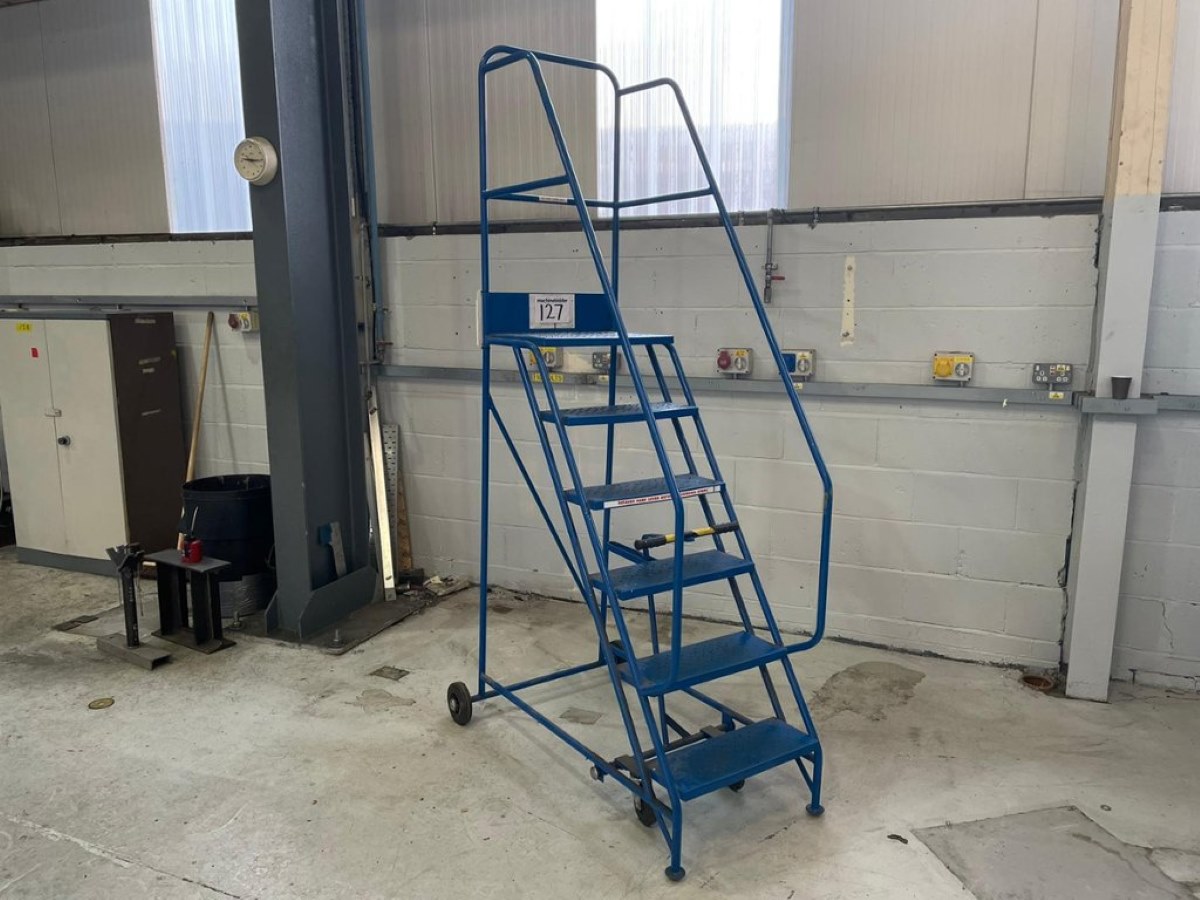

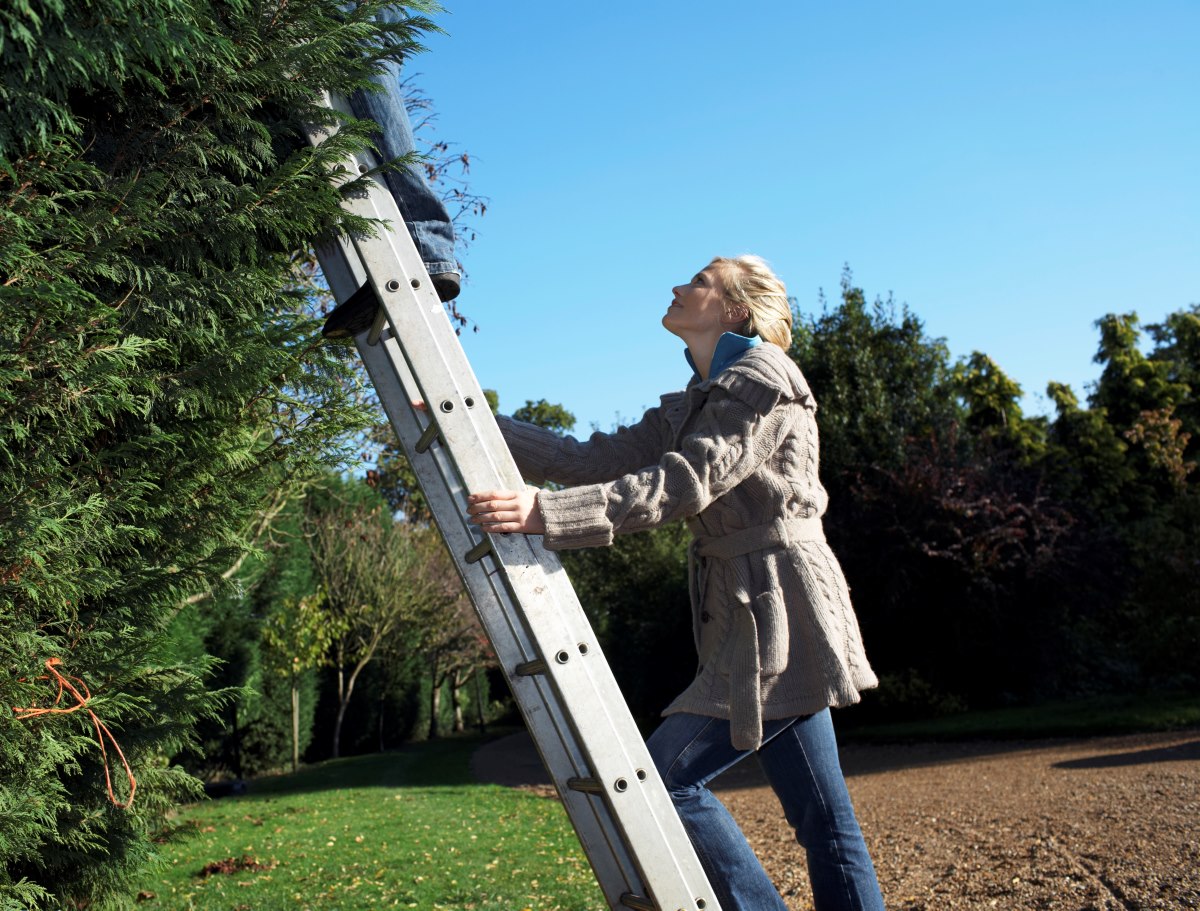
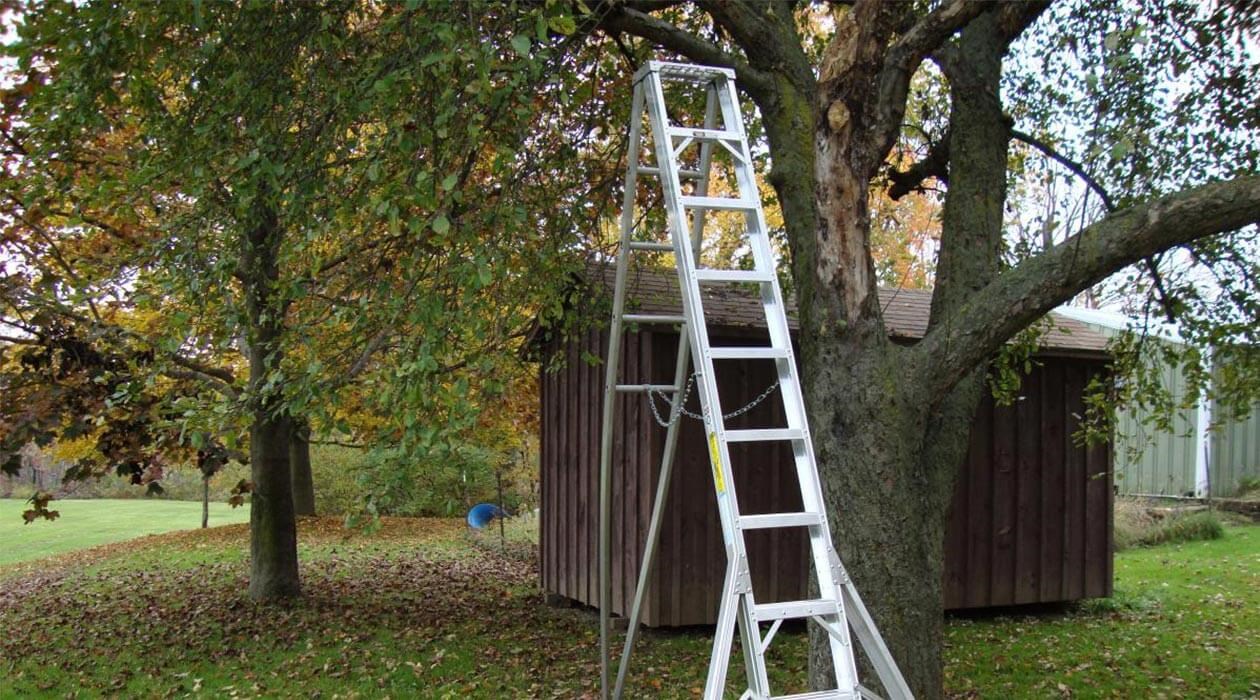
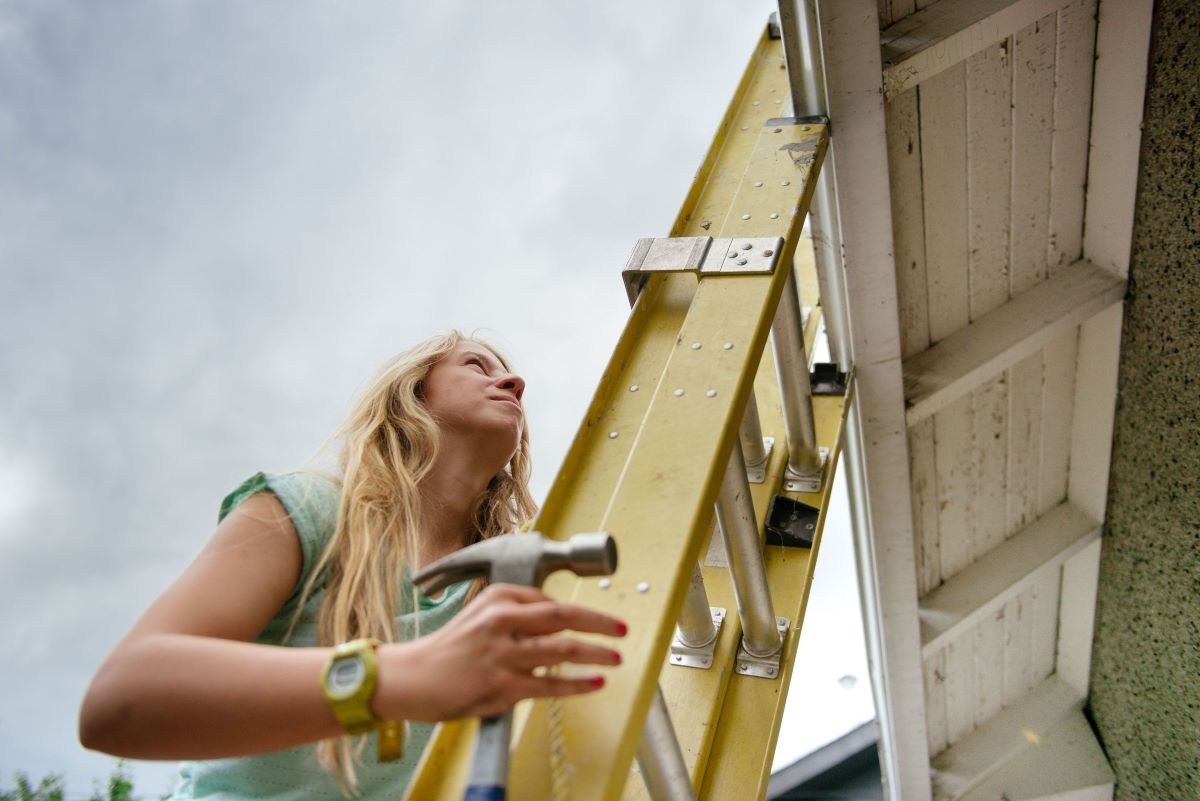

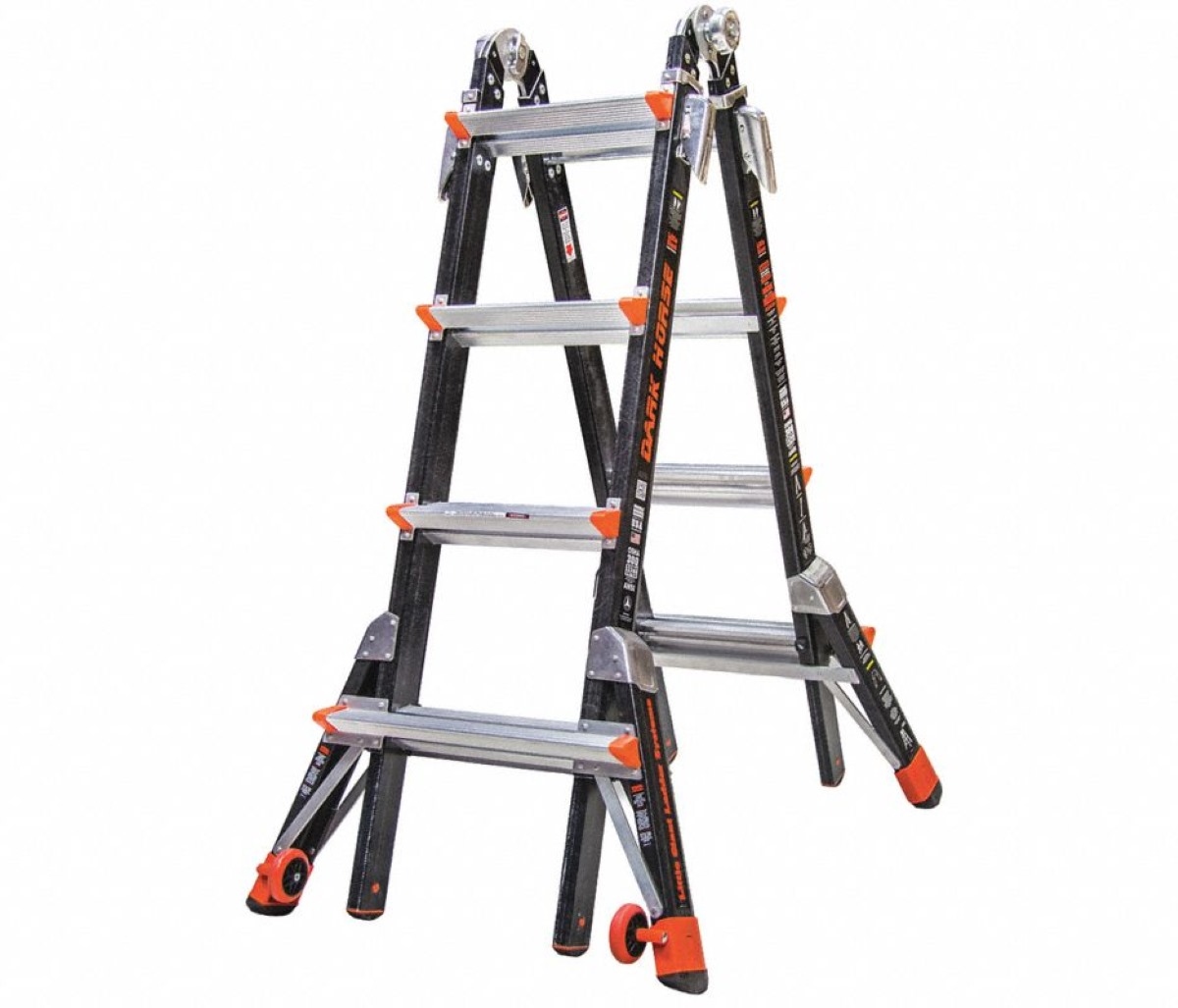
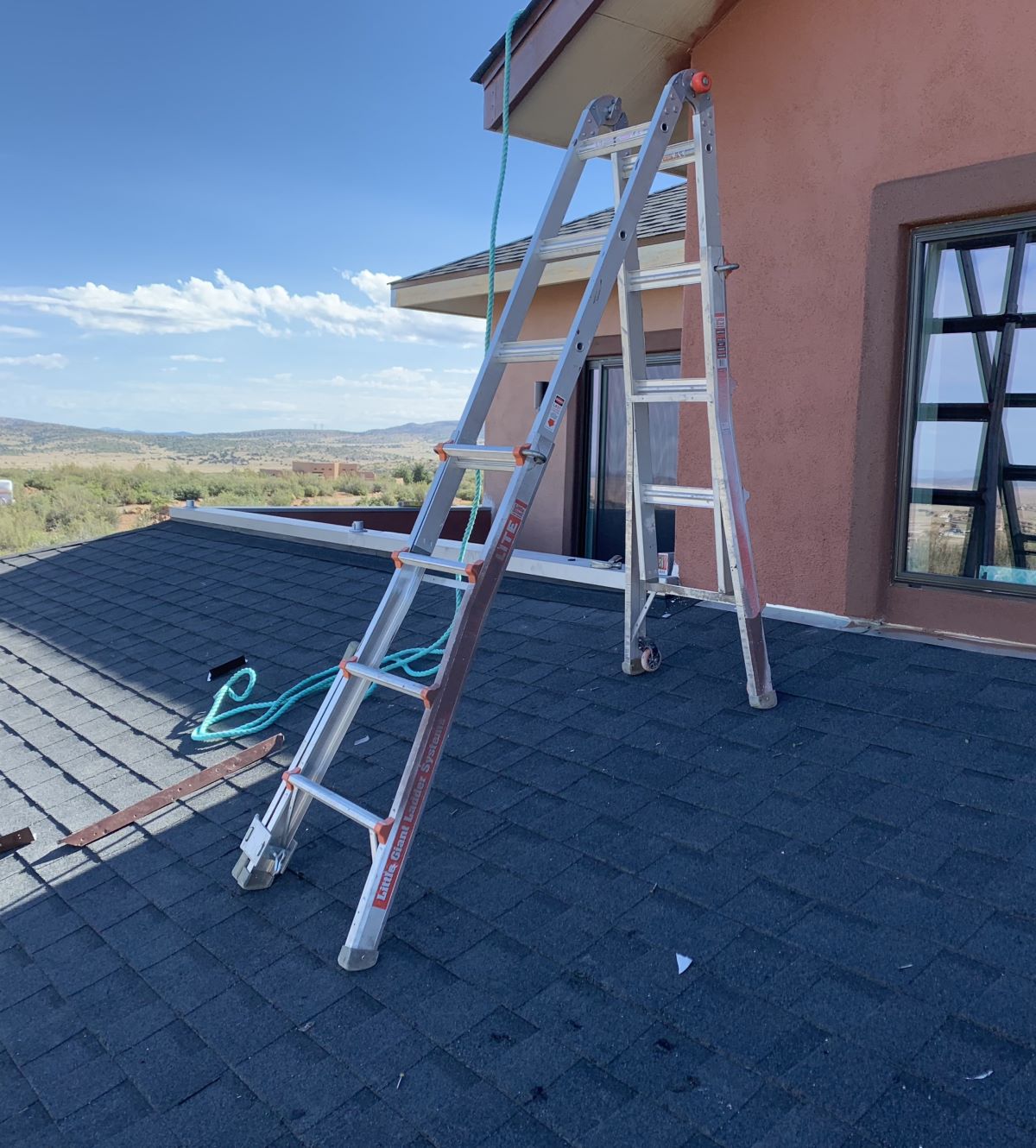
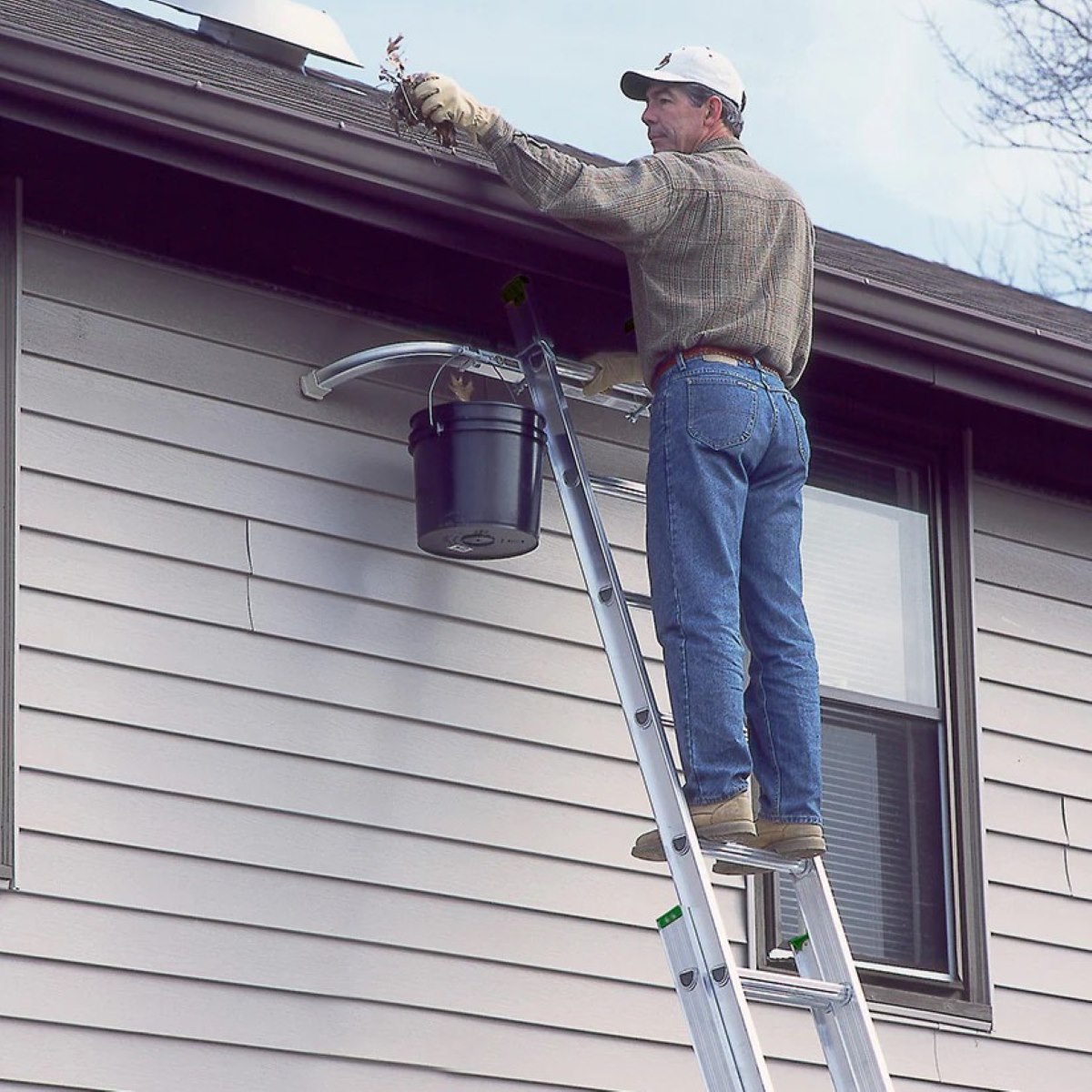
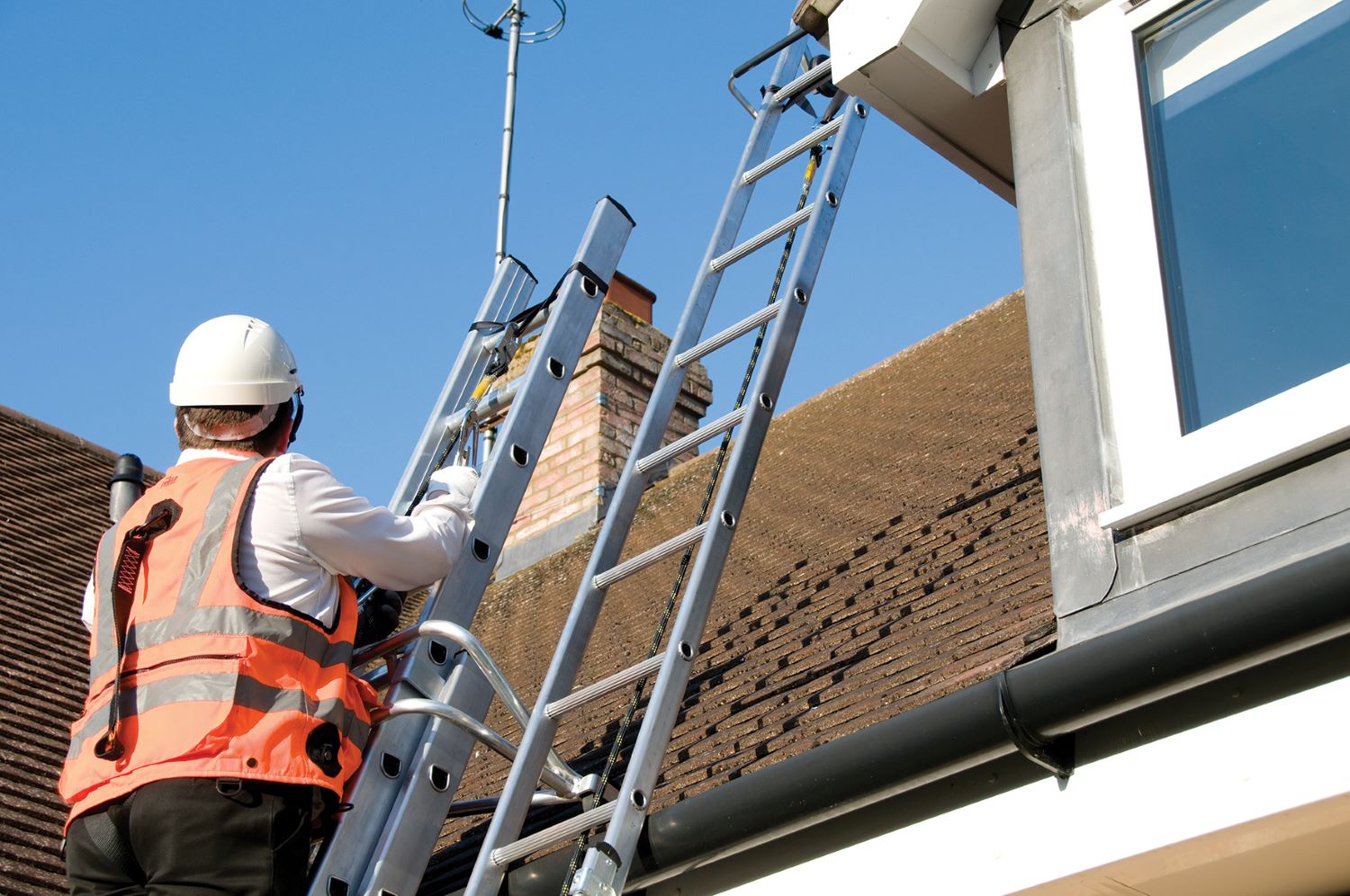
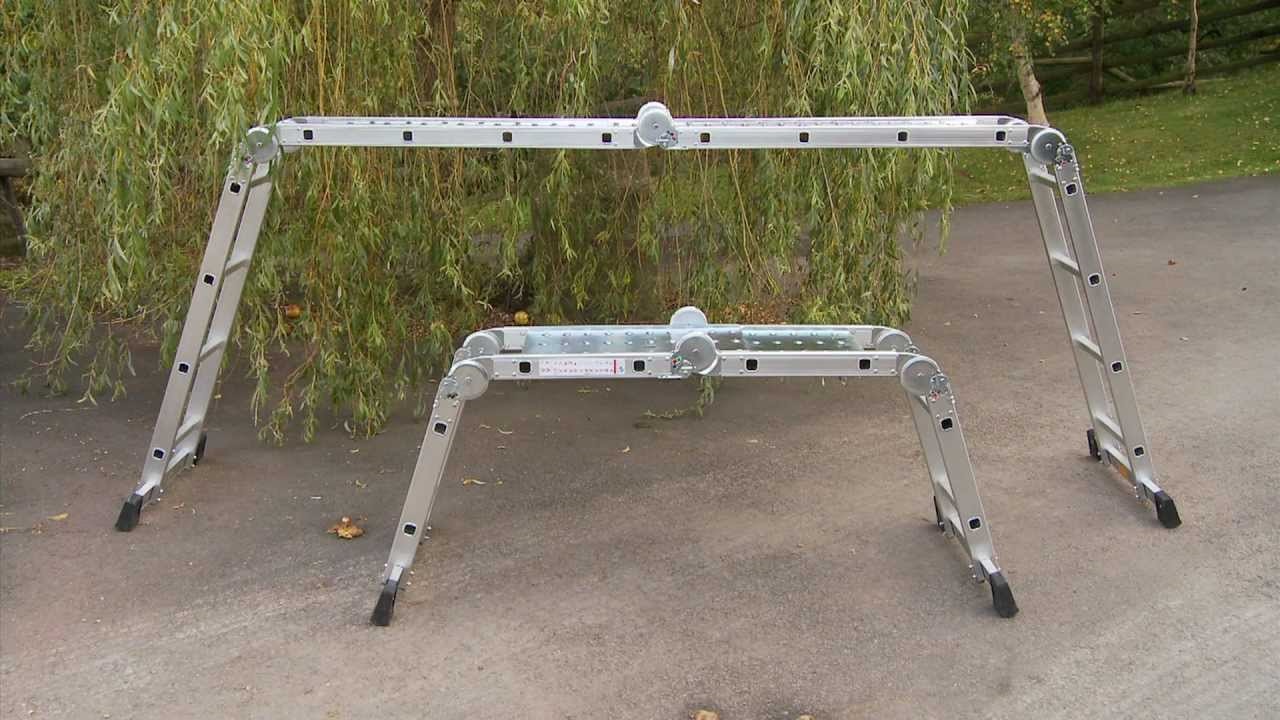
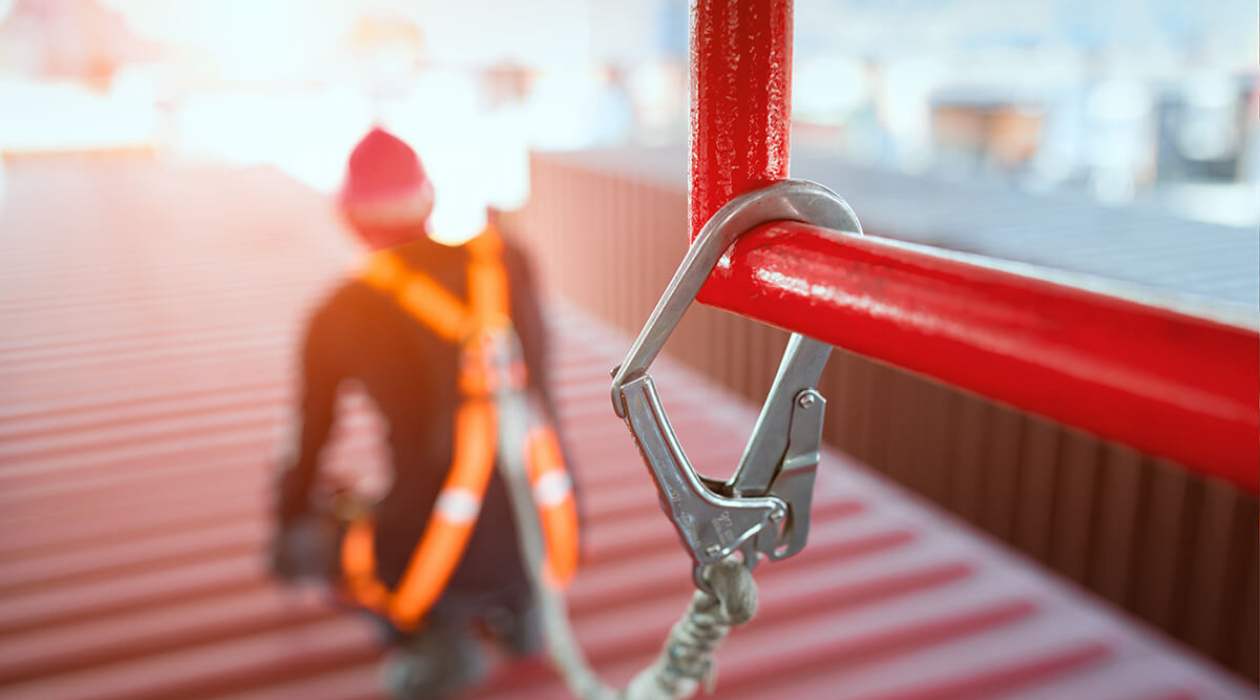
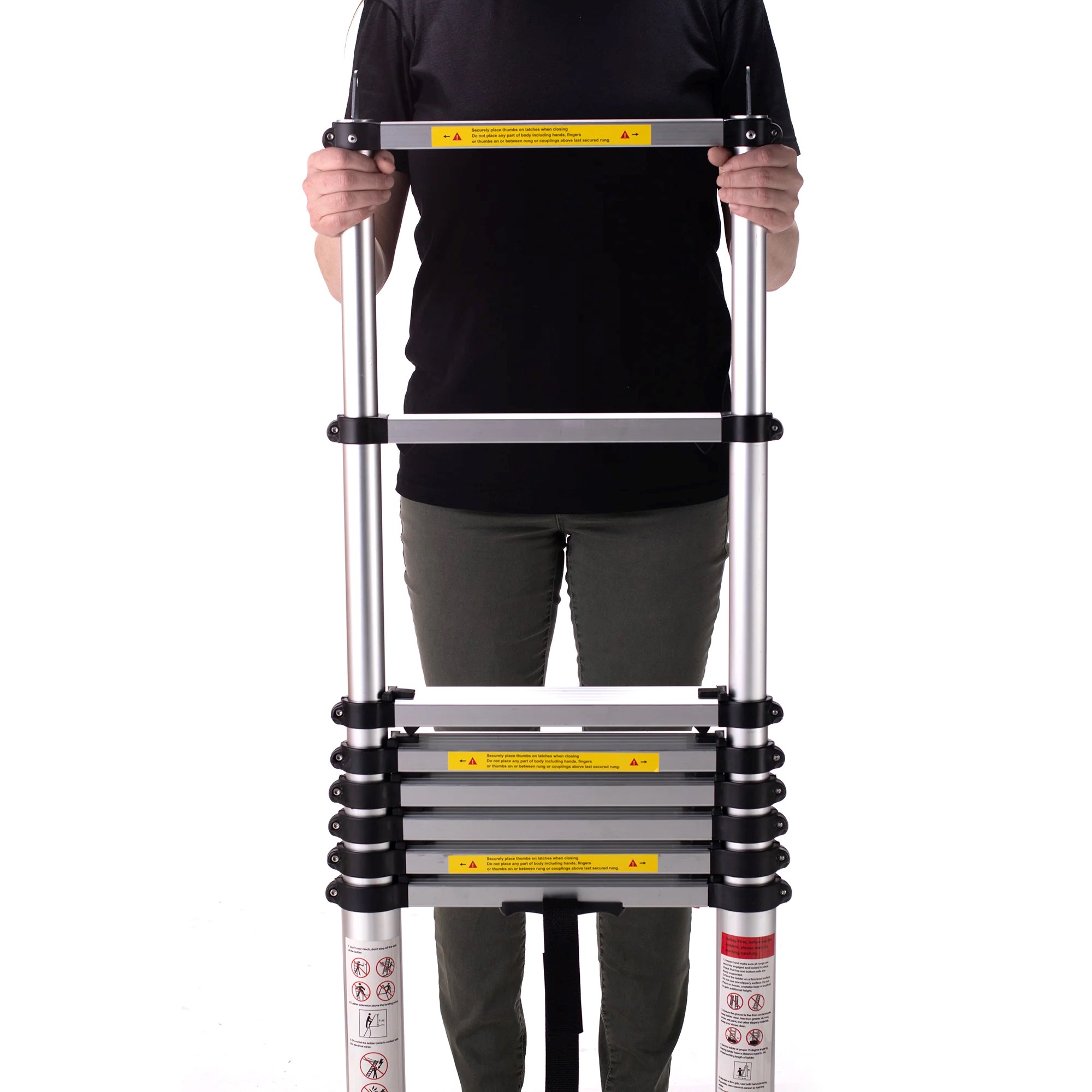

0 thoughts on “How To Minimize Risk When Using A Ladder”